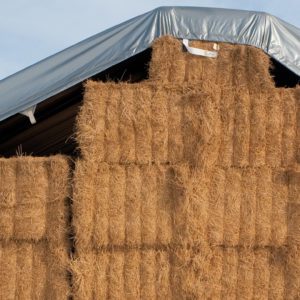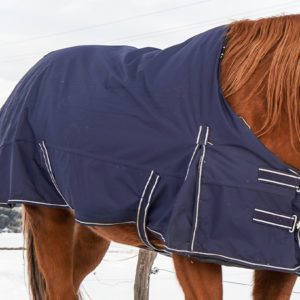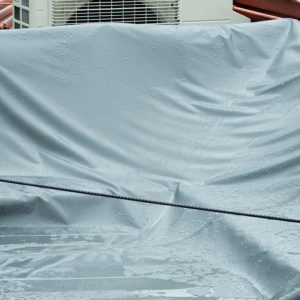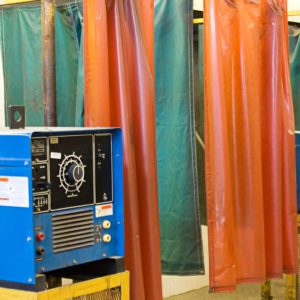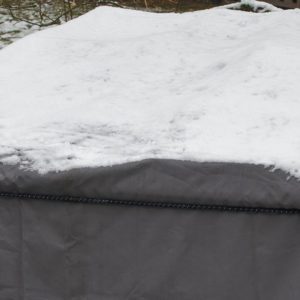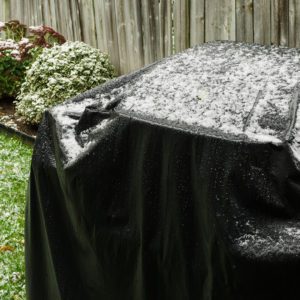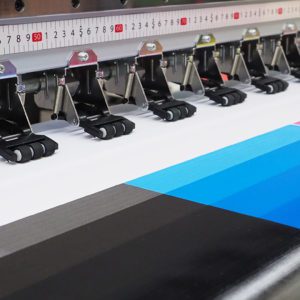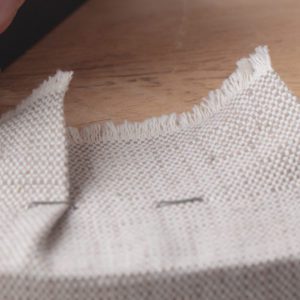Overview
Before choosing fleece for an application, it’s important to first understand what goes into maintaining the textile. Fleece care begins in production by generating an anti-pill and snag-resistant surface and must continue once it’s a fabric with proper cleaning and drying. TVF handles the pilling and snagging, but care and cleaning is all up to the consumer.
Difference Between Pilling and Snagging
The main testing concerns with fleece and high pile fabrics are pilling and snagging. The terms, “pilling” and “snagging” are often used interchangeably but they aren’t the same thing and require different tests. Pilling is created from abrasion as small balls form when the fabric rubs against itself or something else. Pilling typically will be seen on a jacket or sweater under the arm areas where there’s rubbing from natural movement. Some of our fleeces actually have an anti-pilling side which reduces the opportunity for the fleece to pill. Snagging occurs when something catches on the tiny loop that is created through napping or brushing. Snagging can lead to more pilling as the fabric integrity is compromised.
How do You Make Fabric Anti-pill?
There are a few methods to reduce pilling and create an “anti-pill” fabric and they fall into one of two categories: mechanical and/or chemical. An example of a mechanical method would be singeing the fabric to remove and soften protruding fibers, reducing the propensity to pill. Fabric could also be treated with specific chemicals, including caustic soda, which would soften the fibers and reduce pilling.
Fleece Care and Cleaning
Caring for fleece and high pile textiles is proven to extend the lifespan of these fabrics. Below are some basic best practices for fleece cleaning and care:
- Wash separately in cool water using a gentle machine cycle
- Machine dry using a low-temperature setting since over drying will increase fleece pilling
- Remove promptly from dryer to avoid wrinkles
- Use a gentle, no-bleach laundry detergent
- Wash inside out (general best practice for preserving the life of any garment)
- Make sure all zippers, buttons, and fasteners are fully closed
- Don’t wash with highly abrasive items, including denim, towels, or hook and loop fasteners
Note: Hook and loop is especially harmful. If hook and loop is involved it’s safe to expect extra snagging, pilling, and increased wear and tear unless you are extremely careful. To help your fleece fabric survive the cleaning process intact, tightly secure the hook and loop before gently washing the textile.
